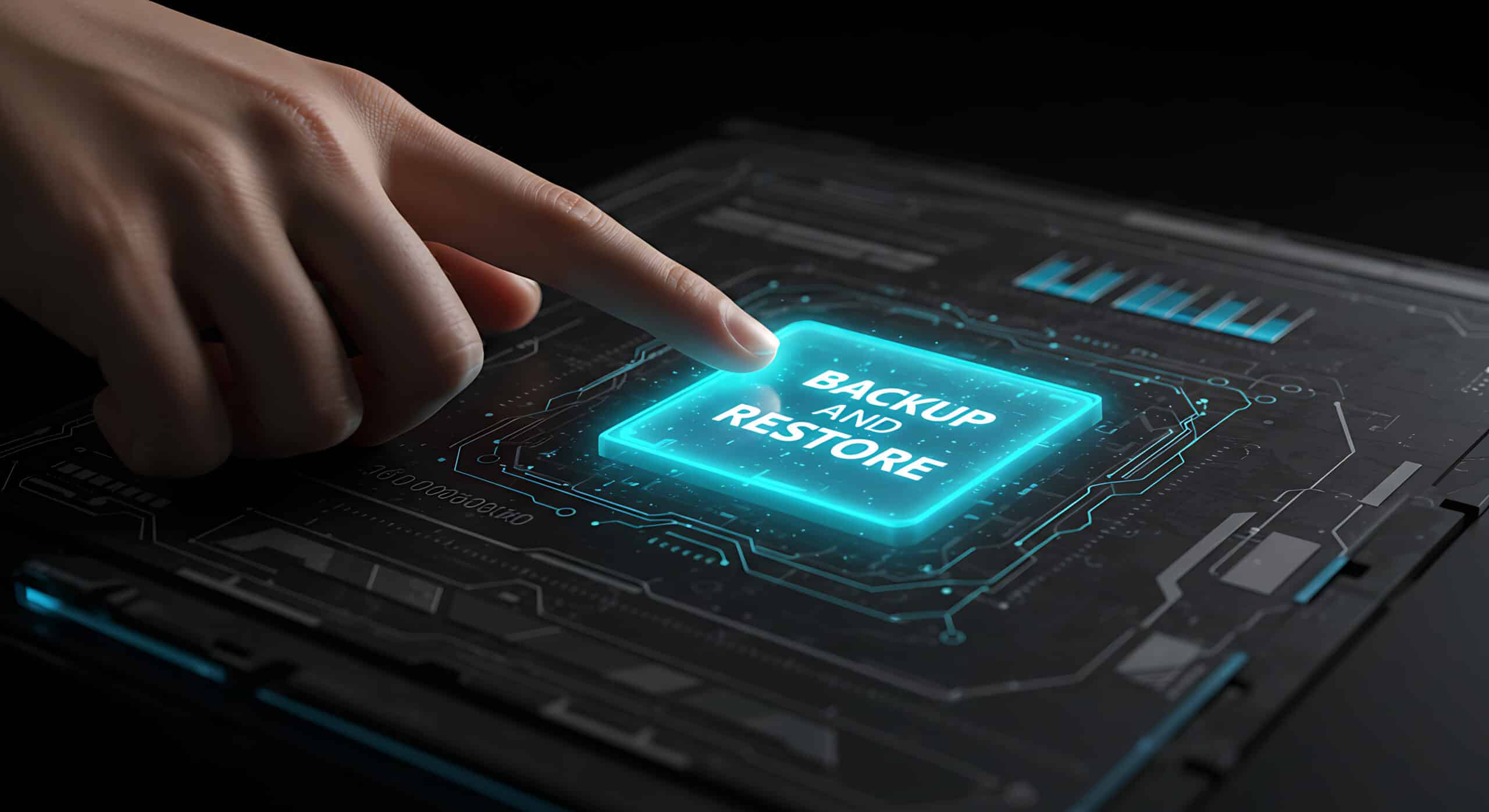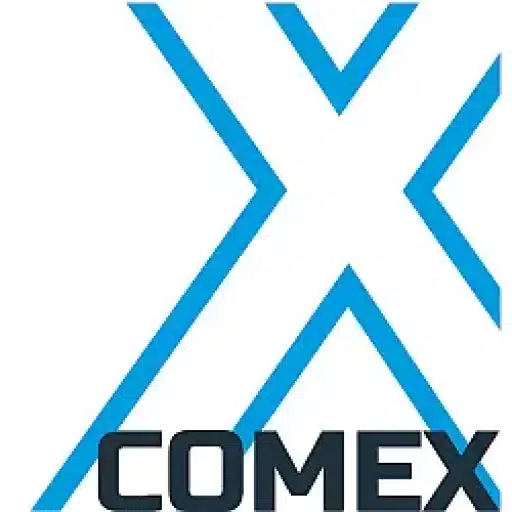+31 (0)43 30 88 400 | office@comex.eu

From Backup Thinking to Recovery Thinking: Resilience Starts with a Zero Loss Mindset
Most organizations have their backup strategy neatly in order. At least, on paper. But what happens when systems fail, data cannot be immediately retrieved, or downtime lasts for days? In a time when IT infrastructure is becoming increasingly complex and threats more advanced, it is no longer enough to just secure data. It’s about how quickly and fully you can be operational again. That’s where modern resilience begins.
The Shift in Mindset: from Backup to Recovery
Traditional backup strategies are often focused on storage: making a copy daily or weekly and hoping you never need it. But in reality, we see that downtime or data loss does occur, whether due to ransomware, human error, or an IT failure. The question then is: how quickly can you recover?
Zero Loss Thinking is based on the idea that you should not only lose no data but also accept minimal downtime. Because every minute counts. Especially in sectors where services, safety, or care processes depend on digital systems.
Why Speed is just as Important as Safety
Safety is essential, but speed is often underestimated. A backup is only valuable if you can restore it quickly and completely. Immutability (data unchangeability) and instant recovery thus become core requirements instead of luxury options.
In benchmarks, we see that organizations with traditional tapes or slow cloud recovery options sometimes need days to restore systems. That is unacceptable in a modern IT environment. Silent Brick Pro, for example, offers a recovery capacity of 100TB in 6 hours, allowing most critical systems to be back online in no time.
Immutability and Air Gap: No Longer a Luxury
Ransomware 2.0 no longer targets just your production environment but also your backups. Therefore, it is crucial to make backup sets immune to manipulation and attacks. With immutability, you prevent data from being altered or deleted. Combine that with a physical or logical air gap (e.g., automatic media ejection), and you drastically increase the survival chances of your backup.
Concrete Applications in the Public Sector and Industry
In the public sector – think of municipalities or archives – ensuring the availability and authenticity of data is essential. A day without access to data means halted services. In the industry, downtime directly leads to production and revenue loss. Recovery thinking also means ensuring business continuity.
A healthcare institution like Kempenhaeghe, an industrial company like Ranpak, or an archive like Het Utrechts Archief, all have one thing in common: they need backup solutions that do more than just store.
From Compliance to Resilience
Legal frameworks like NIS2 and GDPR prescribe minimum security standards. But true digital resilience goes beyond just complying with regulations. Organizations that invest in recovery thinking now are building future-proof IT. They are back in business faster, limit reputational damage, and maintain the trust of users and customers.
Zero Loss Thinking is not just a technical vision but a strategic principle. It’s not about backup as insurance, but about recovery as a guarantee. Immutability, speed, and air gap are not buzzwords but prerequisites for resilience.
Curious about European systems that can help your organization realize this recovery mindset? Check out our systems for more information.

